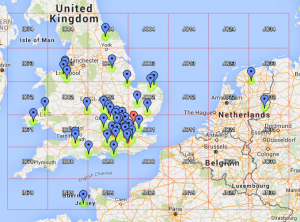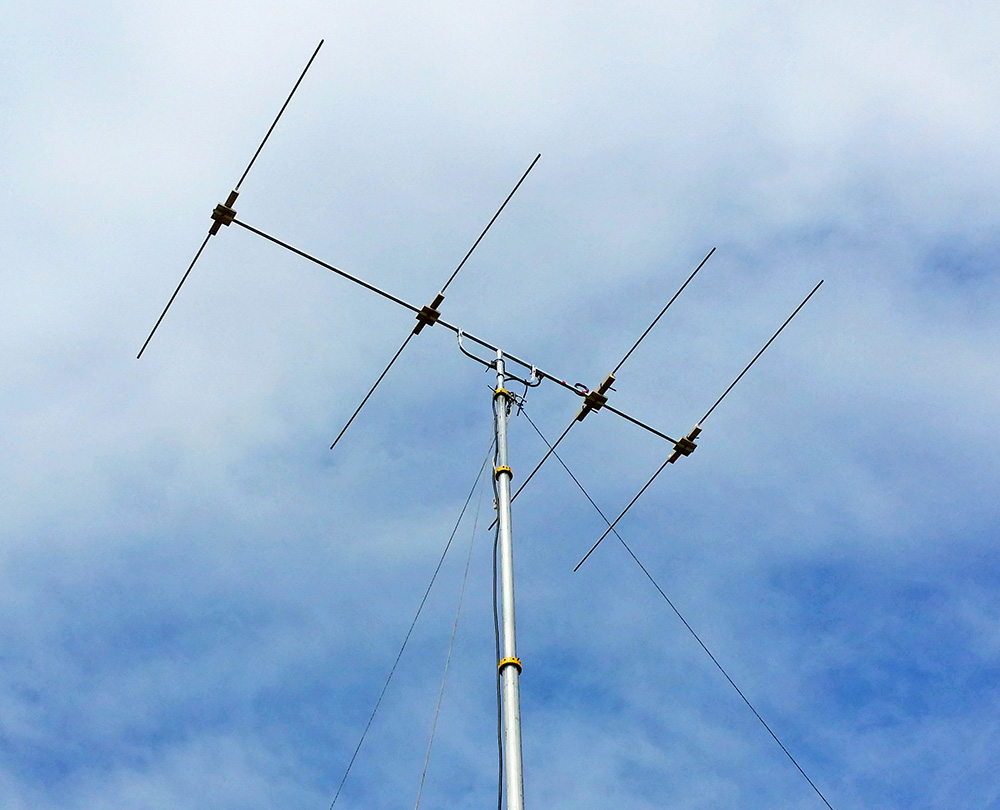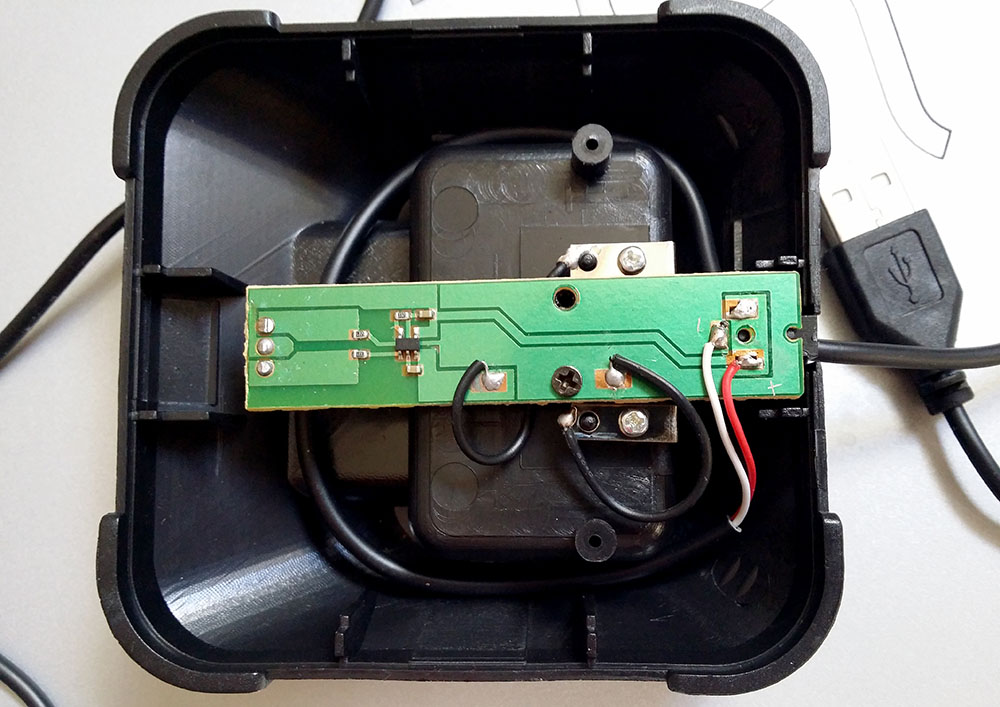We had some great September weather today for the 2nd 70MHz contest. We setup at the Kelvedon Hatch ‘Secret Nuclear Bunker’ as seen above, using my new 70MHz amplifier at 160w and my 4 element DK7ZB 12.5Ω Yagi.
Conditions seemed quite normal, we worked no Scotland or Ireland but our best DX (as many others) was PA4VHF at 449km. Other highlights were GJ3YHU in Jersey and M1CJN/P in the North York Moors. Total contacts was 46.
A very enjoyable day of operating and testing the new amplifier. Next week, it’s the Practical Wireless 70MHz contest, so lets hope for the same weather and some band openings perhaps? Maybe I’m asking too much 🙂
The Claimed Scores are available. Thanks to Dave M0TAZ, George M1GEO, Dave M0YOL and Chris G8OCV for help & company, and of course everyone we worked (or tried to work!).




















